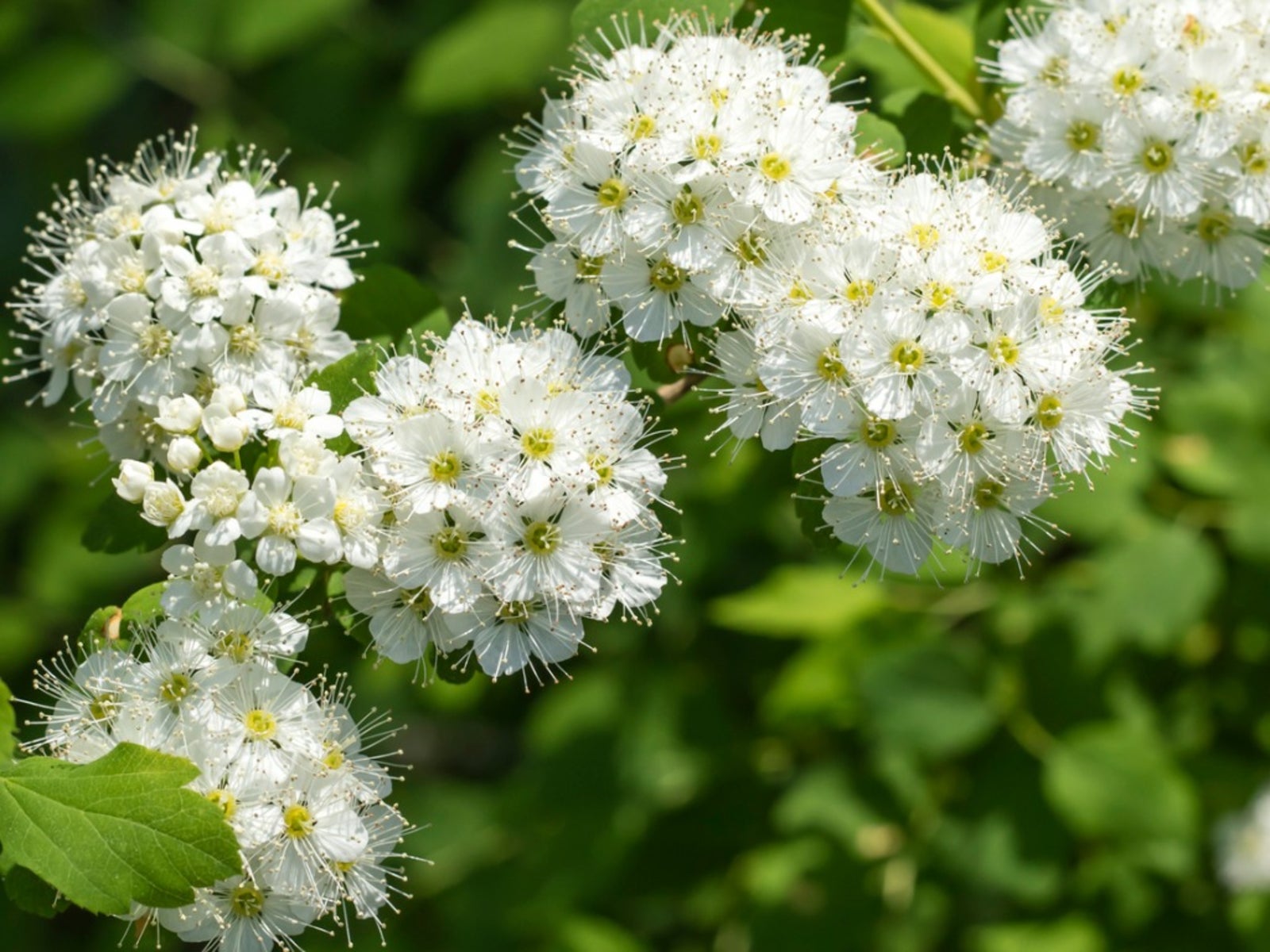Nannyberry Care – Learn How To Grow Nannyberries In The Landscape


Nannyberry plants (Viburnum lentago) are large native tree-like shrubs native to the U.S. They have glossy foliage that turns red in fall as well as attractive fruit. For more information about nannyberry shrubs, or information on how to grow nannyberries, read on.
Nannyberry Plant Info
Shrub or tree? You decide. Nannyberry plants mature to about 18 feet (5.5 m.) tall and 10 feet wide (3 m.), making them fit the definition of a small tree or a large shrub. It is a type of viburnum commonly grown for its ornamental appeal. Nannyberry shrubs are very ornamental with their shiny green leaves with serrated edges. Then there are the ivory flowers that appear in late spring, flat-topped inflorescences as wide as your palm. Each groups numerous tiny blossoms. These flowers develop into a colorful mixture of different colored fruits, some light green, others pale yellow or red-pink, and all in the same cluster. They darken into blue-black and mature from fall through early winter. Wild birds delight in this banquet.
How to Grow Nannyberries
Growing nannyberry viburnum shrubs isn’t difficult, considering that this is a native plant and doesn’t need to be coddled. Begin cultivation by looking for a full sun location. This will help prevent powdery mildew. They will thrive in partial shade as well. For soil, select a site that is well draining if possible. The plant will adapt to poor or compacted soils, dry or wet soils as well though. It also adapts well to moderate heat, drought, and urban pollution. Nannyberry care is fairly simple. Nannyberry shrubs thrive in USDA plant hardiness zones 2 through 8, so those in hot climates are out of luck. You won’t spend much time nursing these shrubs. Nannyberry plants have no serious pest or disease problems. The only thing to watch for is powdery mildew if air circulation is poor. This disease appears in late summer, covering the shiny leaves with whitish powder. Although making the leaves less attractive, powdery mildew doesn’t damage the plant. One other issue requiring nannyberry care is the plant’s tendency to sucker abundantly as it gets older. It can form a large thicket or colony. If you do not want this to happen, make removing suckers part of your care regimen.
Gardening tips, videos, info and more delivered right to your inbox!
Sign up for the Gardening Know How newsletter today and receive a free copy of our e-book "How to Grow Delicious Tomatoes".

Teo Spengler is a master gardener and a docent at the San Francisco Botanical Garden, where she hosts public tours. She has studied horticulture and written about nature, trees, plants, and gardening for more than two decades. Her extended family includes some 30 houseplants and hundreds of outdoor plants, including 250 trees, which are her main passion. Spengler currently splits her life between San Francisco and the French Basque Country, though she was raised in Alaska, giving her experience of gardening in a range of climates.
-
 Get Ready For A Summer Of Hummers! Grow These Full Sun Hummingbird Plants and Flowers
Get Ready For A Summer Of Hummers! Grow These Full Sun Hummingbird Plants and FlowersIf you’re lucky enough to enjoy a sunny backyard, make sure you are maxing out on your pollinator opportunities and grow these full sun hummingbird plants and flowers
By Tonya Barnett
-
 12 Lush Alternatives To A Lawn For Sustainable Spaces
12 Lush Alternatives To A Lawn For Sustainable SpacesAlternatives to a lawn are beautiful and also beneficial to your local ecosystem and its pollinators. Explore our top picks for plants to replace grass.
By Tonya Barnett